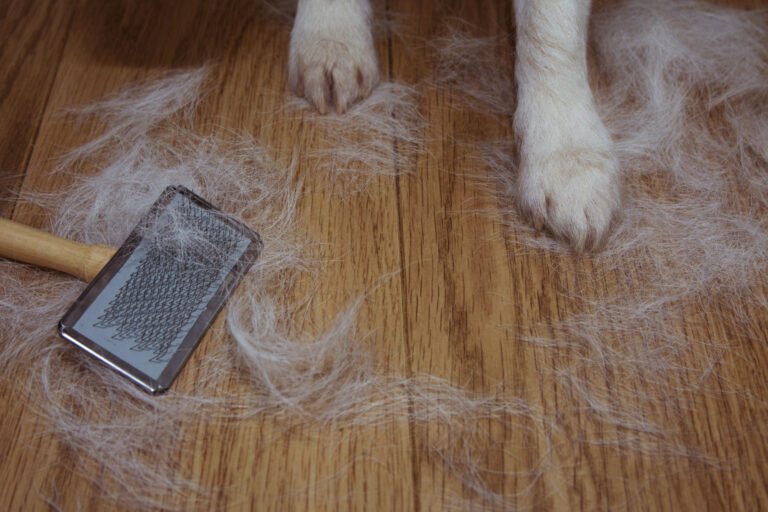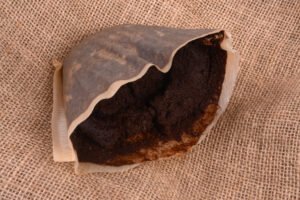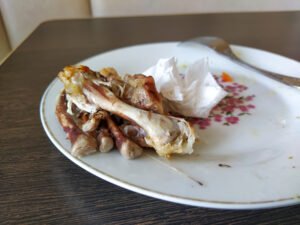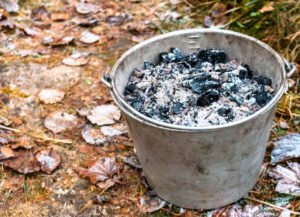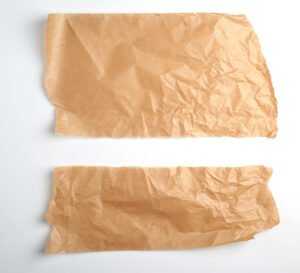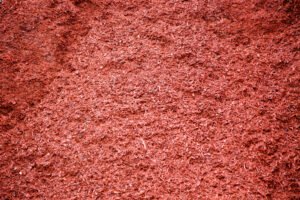We know that a dog is a man’s best friend. And the man’s best friend has the same problem as the man, hair fall! But what can you do with these tufts? Can you use them for plants? Can you compost dog hair? Let’s dig in!
Key Takeaways
- Yes, you can compost dog hair since it is rich in protein and Nitrogen, making excellent green material for compost.
- Dog hair can be composted via Hot Composting, Vermicomposting, and Bokashi composting. You can explore the stepwise procedures below!
- It’s best to sprinkle dog hair instead of adding it in clumps to make the decomposition easier.
- Dog hair provides similar nutrients as bone meal and repels pests too. Continue reading for more benefits and tips for composting dog hair!
How to Compost Dog Hair?
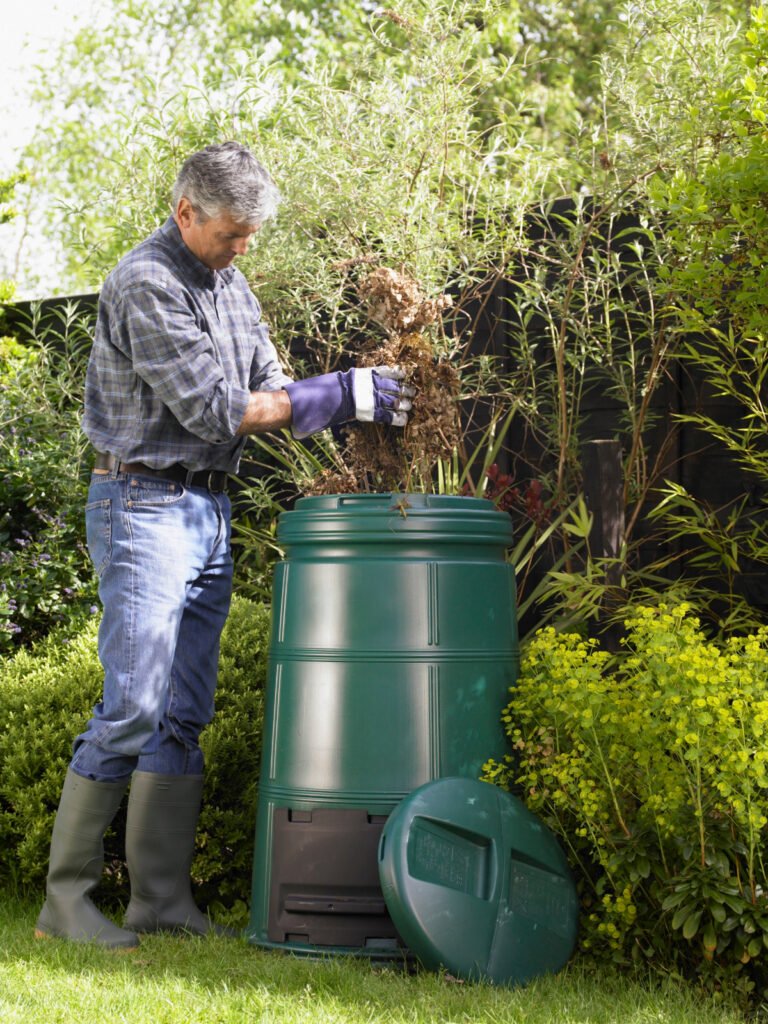
Since your dog’s hair is a natural source of Nitrogen, it is grouped under the category of green material required for composting.
You can compost dog hair with hot and cold composting in compost bins, bokashi composting, vermicomposting, and anything that requires greens.
Hot Composting of Dog Hair
This method uses a high temperature to cook/decompose the waste quickly. Follow the given steps to compost dog hair via hot composting.
Step 1: Start by Adding Brown Material
Add a layer of brown material to the composting bin or pile. Browns are Carbon-rich materials, including dried leaves, shredded paper (newspaper and cardboard), sawdust, pine needles, etc.
Step 2: Add Green Material
Now add greens material like grass clippings, other yard trimmings, coffee grounds, egg shells, food waste, etc.
Step 3: Add Dog Hair
Since dog hair is a type of green material, you can sprinkle it on top of the green layer. Or, you can mix dog hair with other greens before adding it to the compost bin.
Sprinkling dog hair to spread it out instead of dumping them helps to facilitate breakdown. Adding them in clumps can slow down the decomposition.
Step 4: Add Water
Add water between the layers to fasten the decomposition process.
Add enough water only to make the compost heap moist and not leaking.
Step 5: Repeat the Layers
Consecutively, add the layers in an alternative manner, with the addition of water.
Step 6: Turn the Pile Regularly
Make sure to turn the pile regularly (once or twice a week). Turning will fasten the composting process and regulate temperature and aeration.
And that’s it! Your dog’s hair will be composted within a month.
You can also add dog hair to an existing pile in your backyard. Make sure to give it a nice mix after adding so that the hair doesn’t fly away due to its lightweight.
As for cold composting, mix pet hair with other greens and add it to the compost pile along with brown material. This is a slow process, so be patient!
Bokashi Composting
Bokashi Composting is an anaerobic method of decomposing organic material. It includes the Bokashi bran that ferments the waste. Since dog hair is a green material, you can compost it in bokashi bins.
Follow these steps for composting dog hair through Bokashi Composting:
Step 1: Add a layer of greens, including the food scraps, to the bokashi bin. You can sprinkle pet hair in the green layer.
Step 2: Apply a firm layer of bokashi bran over the greens.
Step 3: Add more greens, followed by alternative layers of bran.
Step 4: Once the bucket is full, press down the material to eliminate all the air.
Step 5: Pack the bucket with a lid and leave it undisturbed.
This method is quick, so you can expect to get the fermented compost within 2-3 weeks. However, it’s advisable to let this pre-compost decompose more before using it in the gardens.
Can You Add Dog Hair to Worm Bins?
Yes, dog hair is an excellent addition to a worm farm due to its rich nitrogen content. Adding dog hair to the worm bin can greatly enhance the worm habitat.
Besides, since it is made up of long chains of proteins, it serves as a good food source for worms, promoting growth.
The fluffy texture of dog hair also provides a nice bed for the wigglers. So, you can definitely compost pet hair through vermicomposting.
Benefits of Composting Dog Hair
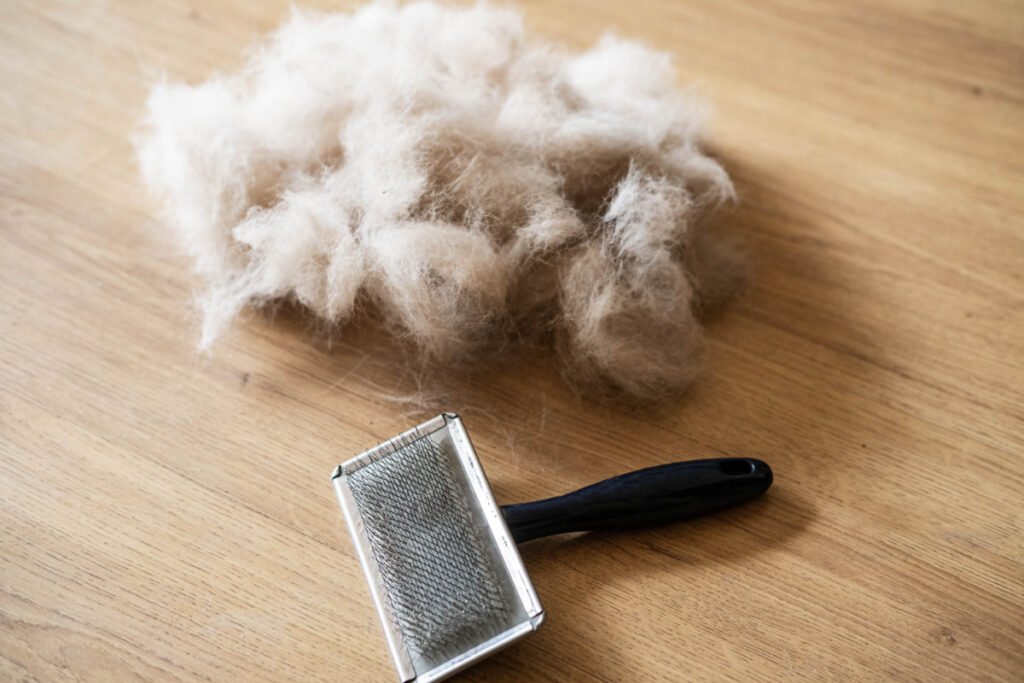
Dog hair can be composted as a nutritious green material. The following are some of the benefits of composting it:
- Provides Nitrogen: Dog hair contains a substantial amount of Nitrogen, which is an excellent deal for a plant. It helps heat the compost pile, aids microbial growth, and facilitates decomposition.
- Alternative to Bone meal: Dog hair contains Oxygen, Hydrogen, Sulfur, and trace amounts of Carbon, which are the same ingredients as bone meal.
- Does Not Attract Pests: Unlike many materials used in compost, dog hair has an odor that repels pests. Most pests want to stay away from the canines, and composting dog hair serves the purpose.
- Benefits Earthworms: Dog hair provides protein to the compost worms and aids their growth and reproduction.
Points to Remember Before Composting Dog Hair
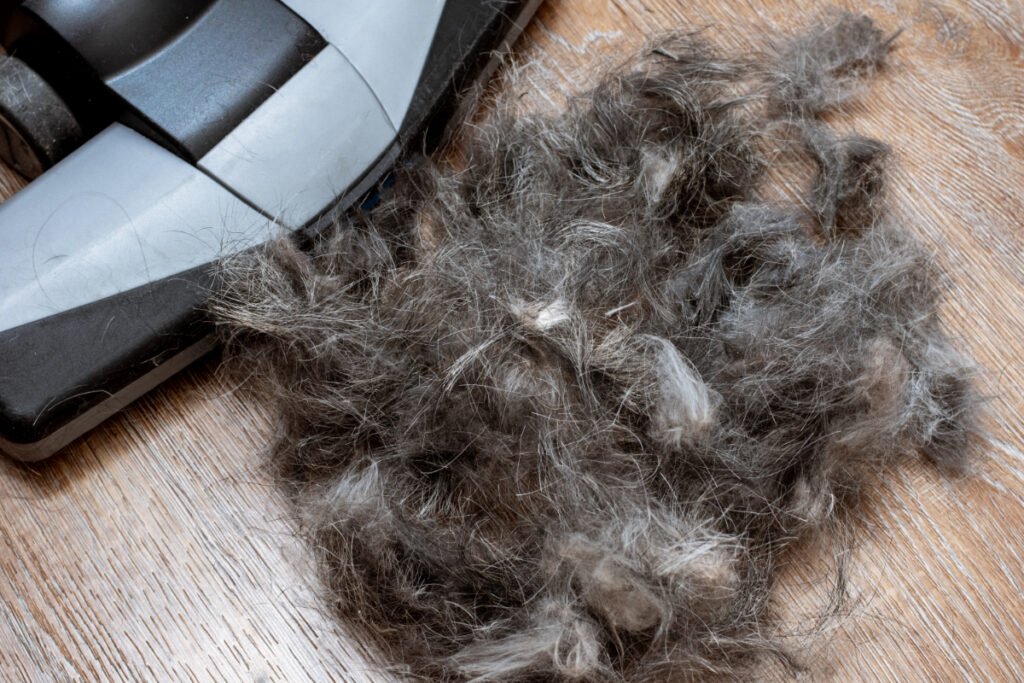
Although easy, composting pet hair can go wrong if not done carefully. So, take the given measures while composting dog hair.
1. Avoid Vacuumed Dog Hair: While cleaning dog hair, vacuum cleaners suck all the dirt as well. It might contain many unwanted things for your compost, like synthetic carpet fibers, which are detrimental to compost and plants.
2. Avoid Chemically Treated Dog Hair: Different dog treatments like ointments and parasite preventives make your dog’s hair unfit for composting. This hair might introduce chemicals in compost which is harmful to soil, plants, and eventually to us.
So, it is best to avoid composting dog hair if you are treating your dog with any such ointments.
You can compost dog hair if your dog is on oral treatment since the fur won’t be harmful to compost.
3. Avoid Dog Hair from Bleached Floors: Avoid collecting dog hair for composting from bleached floors or after applying disinfectant cleaners. These tufts might contain chemicals that will be harmful to your compost.
Other Ways to Use Dog Hair for Plants
Composting dog hair is a good way to dispose of it. But if you’re not ready for the maintenance it needs, you can use dog hair in many other ways.
- As Fertilizer: You can add dog hair directly to your plants since it will naturally decompose, slowly releasing nutrients. It also improves structural support and helps break up clay and thick soils.
Remember to mix up the fur with the soil to ensure it doesn’t fly away with air.
- Use Dog Fur Around Yard to Keep Away Animals: Stuff burlap bags or similar kinds of bags with dog fur and tie them around your yard. The odor will trick the pests like rabbits and small animals into thinking that a dog is in the yard and will keep them away.
- Tie Fur At Bottom of Plants: You can tie dog fur around the base of the plants. The odor will discourage pests, and the tuft will also act as a trap for bugs, snails, and slugs.
Change the fur frequently to maintain the smell.
So next time you groom your dog, make sure to compost those tufts and groom your plants too.
But is dog fur the only thing you can compost?
What Else Can You Compost?
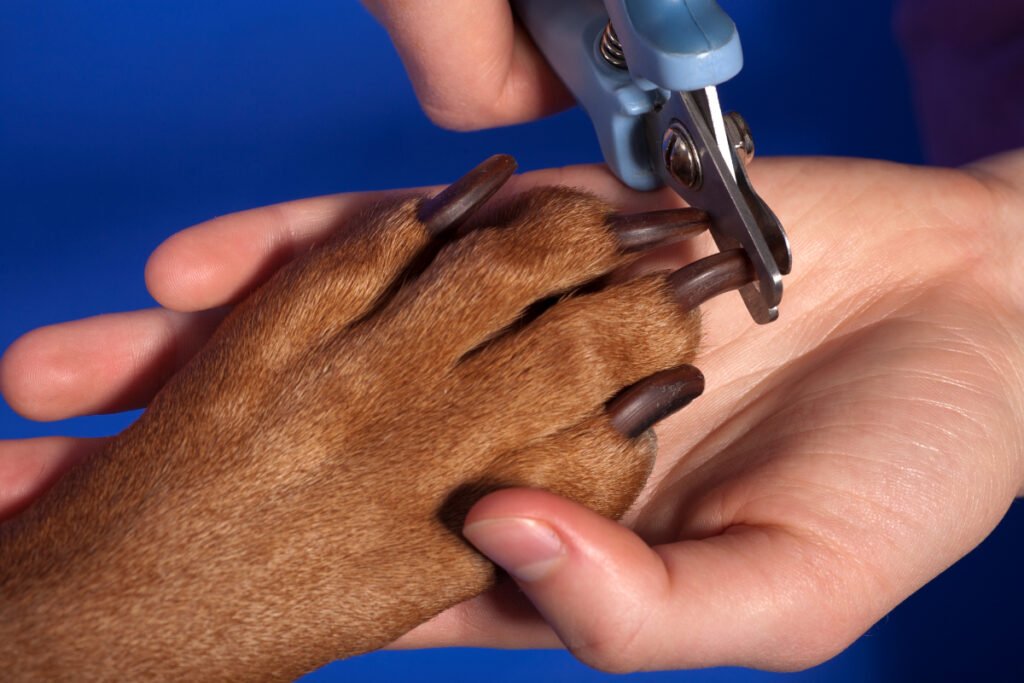
Apparently, you can compost more than just dog tufts. Other items from your pet that you can compost are listed below.
- Nail Clippings: You can compost your dog’s nail clippings. Add them to the compost pile as green yard waste. Avoid composting painted nails.
- Dog Food: You can compost dried dog food that your pup is not interested in. Avoid composting wet food as it can make the compost smelly.
- Dog Poop: Yes, you can compost that stinky dog poop as it is an excellent source of Nitrogen and acts as a wonderful soil additive. If you wish to know more about composting dog poop, here’s a detailed guide!
Therefore, it is evident that your dog is a beauty in all forms. Who would have thought that your dog could be so beneficial to plants as well? Well, making everyone happy is a dog’s forte!
And don’t fret if you’re a cat owner. You can also compost cat hair the same way. So, just compost hair and give your plants a hearty Nitrogen treat!
Is dog hair green or brown material?
Dog hair is rich in Nitrogen which makes them an excellent green material.
Can we use dog hair as mulch?
You can use dog hair as mulch, but ensure to mix it with the soil since the lightweight will make them fly away with air.
Can we compost cat fur?
Yes, you can compost cat fur the same way as dog fur.
Can we use dog hair for potted plants?
Yes, you can use dog hair for potted plants. Add dog hair to the pot and mix it with the soil.
Is pet hair compostable?
Yes, you can compost pet hair as it is an excellent organic material and can be added to the green bin. Cat hair, dog hair, rabbit hair, etc., are all compostable materials.
Is pet waste toxic to plants?
No, pet waste is not toxic to plants. Instead, it is a nutritious treat for plants. You can compost pet waste by adding it to the green natural materials, which will act as food for microbes. It is recommended to use it for non-food crops.
It is a surprise to see our pooches do so many things for us as well as nature. It can be said they are magicians. And what do you call a dog magician? A labracadabrador! (pup humor)
But if you are neither a dog parent nor a cat parent, you can compost your own hair! And we’ve got you covered for that too. Here’s what you should know about composting hair.
